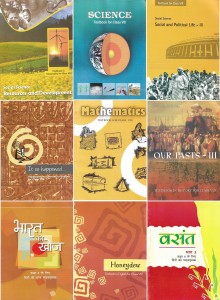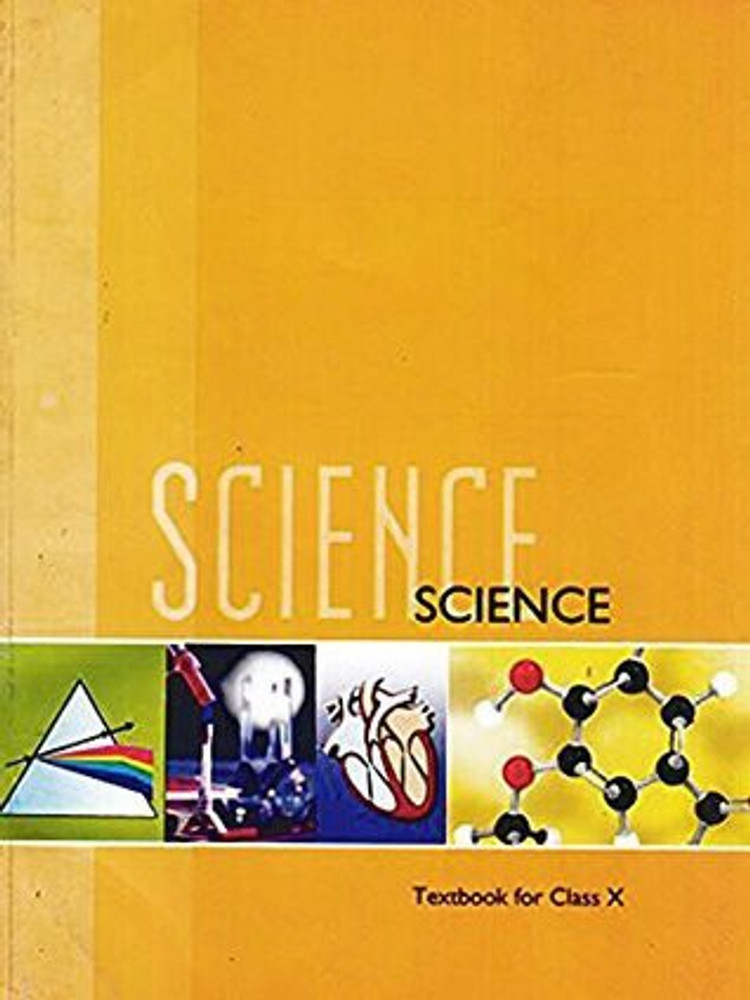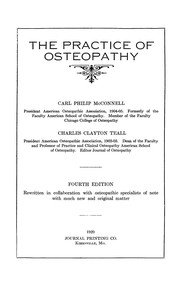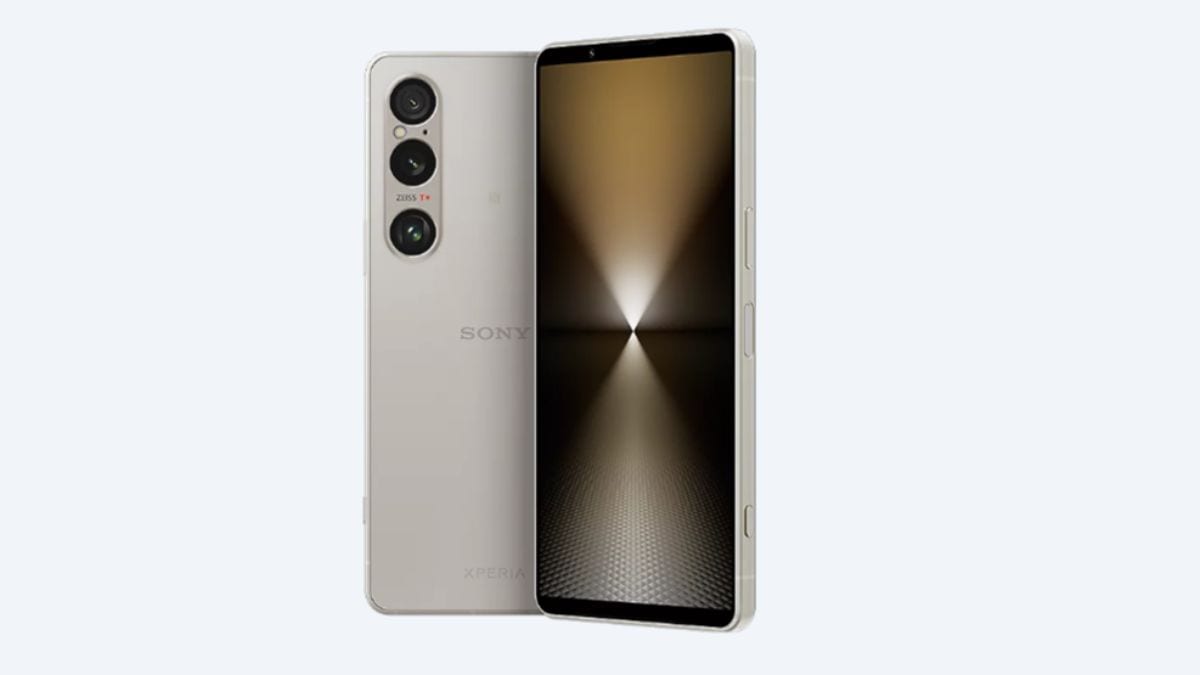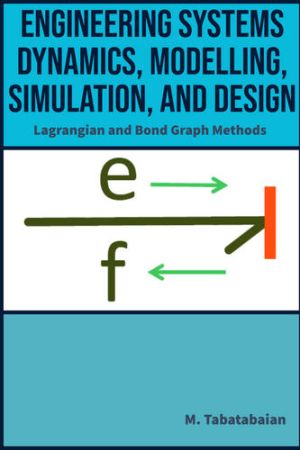Mysterious Interstellar Object Might Have Shifted Four Planets’ Paths, Study Finds
A mysterious interstellar object, estimated to be eight times the mass of Jupiter, may have significantly altered the orbits of Jupiter, Saturn, Uranus, and Neptune billions of years ago. A study suggests that this body passed remarkably close to the Sun, potentially influencing planetary trajectories. Simulations conducted by researchers indicate that a single close encounter could explain current orbital irregularities. The findings, yet to be peer-reviewed, highlight how interstellar objects might have played a role in shaping the solar system’s structure.

An unidentified celestial object, estimated to be eight times the mass of Jupiter, may have significantly altered the orbits of four outer planets in the solar system. Reports suggest that this planetary-sized body entered the solar system billions of years ago, passing remarkably close to the Sun—near what is now Mars' orbit. The event is believed to have modified the trajectories of Jupiter, Saturn, Uranus, and Neptune, contributing to their current orbital patterns. Scientists have long debated the irregularities in the paths of these planets, and this theory presents a potential explanation.
Study Simulates Interstellar Flyby
According to the study published in the arXiv preprint database, a research team led by planetary scientist Renu Malhotra from the University of Arizona used computer simulations to investigate the possibility of a close flyby. A total of 50,000 simulations were conducted to analyse how an interstellar object's passage could have affected planetary orbits over millions of years. The study focused on objects smaller than stars but larger than Jupiter, including brown dwarfs and planetary-mass bodies. The findings suggest that in about 1% of the cases, the visiting object influenced planetary movements in a way that closely matches current observations.
Close Encounter with the Inner Solar System
As reported by Live Science, Malhotra explained that previous models could not fully account for the slight deviations in planetary orbits. The simulations revealed that the most accurate representation involved a body nearly eight times Jupiter's mass, approaching as close as 1.69 astronomical units (AU) from the Sun. Given that Mars orbits at around 1.5 AU, this suggests a dramatic interaction within the inner solar system.
Potential for More Such Events
Reports indicate that substellar objects are relatively common in the universe, making such flybys more likely than encounters with full-sized stars. The study has yet to undergo peer review, but the findings suggest that a single interstellar object could have been responsible for shaping the structure of the solar system as observed today.











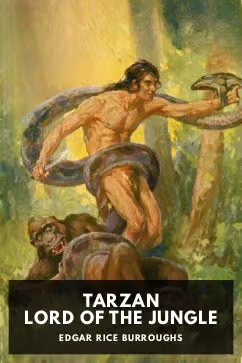
)
